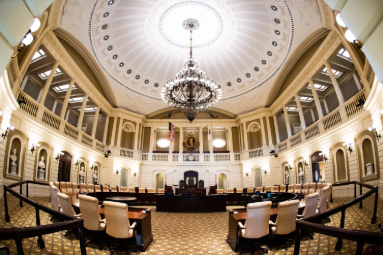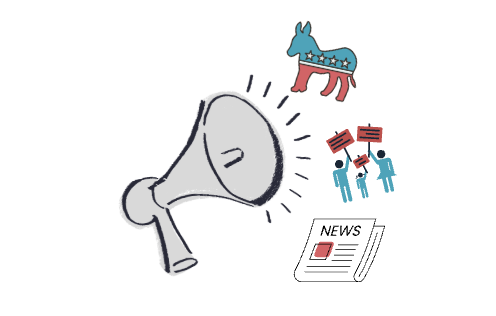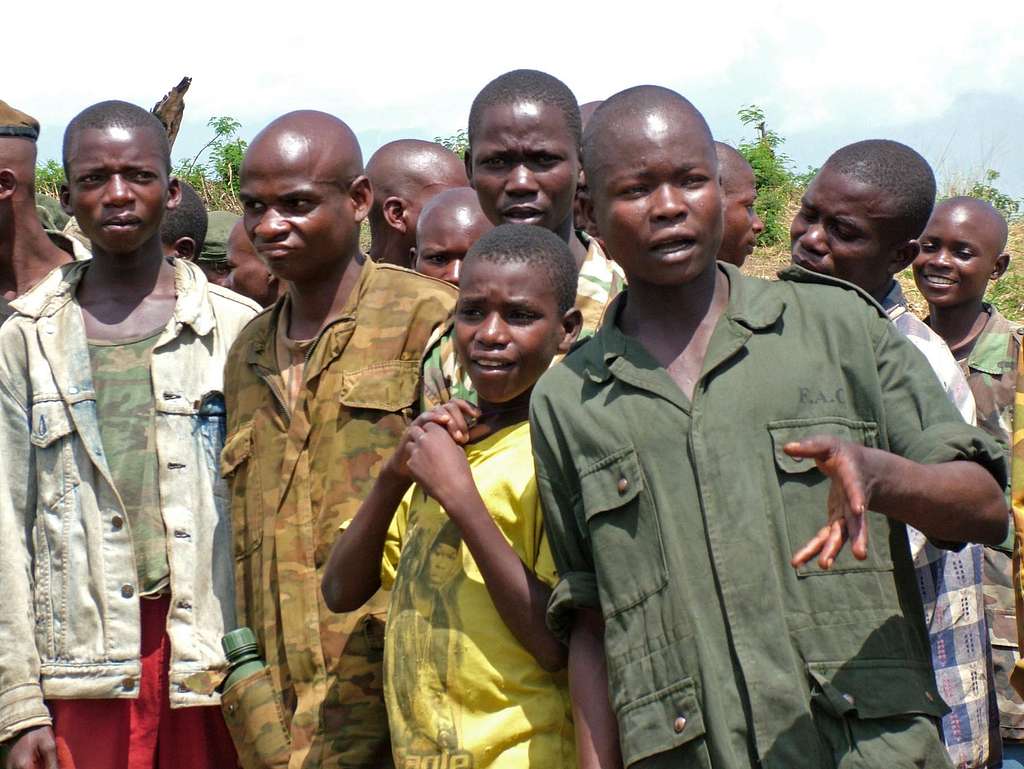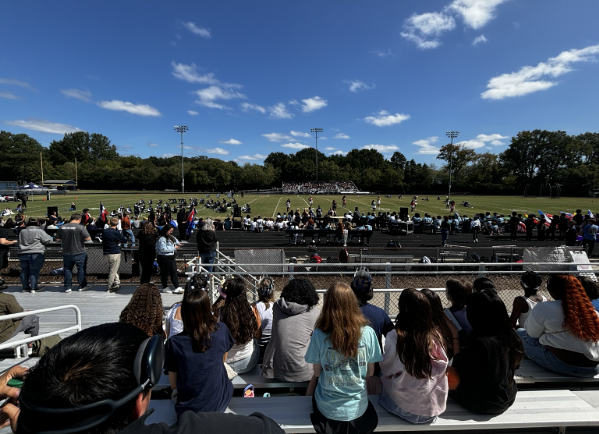Donald Trump’s first 100 days have been marked by a series of bold, controversial, and unprecedented actions. From executive orders to foreign policy decisions, Trump’s presidency took shape with swift and continuous moves. Below is a breakdown of the key moments during his first 100 days:
A Storm of Executive Orders and Rioter’s Release
On his very first day in office, Trump wasted no time signing a sweeping set of executive orders. Among his first moves, he signed 142 executive orders during his initial 100 days, which is far more than any recent predecessor; Joe Biden signed 42, and Barack Obama signed just 13 in his first term. Trump’s early use of executive orders was a clear indication that he intended to take swift action and pursue his “America First” agenda, without waiting for Congress to act.
One of the most controversial actions came when Trump directed the immediate release of individuals who had been jailed for their role in the January 6th Capitol riot. Nearly 1,500 rioters were pardoned with the president asserting that they had been unfairly treated compared to other criminals. “Murderers today are not even charged,” Trump said, adding that these individuals “have already served years in prison and they’ve served them viciously.” The present made headlines for comparing their treatment to that of murderers who were not being charged. Rescinding Biden’s Executive Orders
Within just hours of his inauguration, Trump began to undo a significant portion of Biden’s policies. Trump had revoked 78 of Joe Biden’s executive orders, most notably those related to climate change, COVID-19 pandemic management, and diversity, equity, and inclusion efforts. Trump’s actions signaled his desire to undo the progressive policies Biden had put in place, including the re-entry into the Paris Climate Agreement, and several orders related to environmental protection and the handling of the pandemic.
Trump’s swift action to roll back Biden’s initiative set the stage for a presidency that would repeatedly clash with the Democratic Party, especially in the areas of environmental policy and public health. It also highlighted Trump’s determination to prioritize his vision of governance.
The Department of Education Shake-Up
Education policy became one of the early targets of Trump’s agenda. Trump announced plans to reshape the Department of Education, following through on campaign promises to promote school choice and reduce federal control over public education. One of the first moves in this direction was to cut funding to public schools and instead funnel those resources into exploring character schools and private school vouchers.
The announcement was met with strong opposition from education advocates, who argued that it would undermine the already underfunded public school system, increase educational inequality and provide wealthier families with greater educational opportunities at the expense of the vulnerable. Critics feared that the dismantling of public education would have lasting consequences for both students and teachers.
Tariffs on 185 Countries
Trump unveiled his plans for increasing tariffs that would affect 185 countries. His administration’s policies were aimed at curbing “unfair practices” by foreign nations, particularly China, as well as encouraging American companies to bring production back to the U.S. This move was another example of Trump’s “America First” strategy.
The tariffs targeted a wide range of products, from steel and aluminum to consumer goods. The decision sparked immediate backlash from U.S. allies, such as Canada and the European Union. The move also resulted in higher prices for American consumers and strained relations with countries that had previously been long-standing trade partners.
Trump’s Friction with Ukraine
According to AP News, Trump and Vice President JD Vance publicly berated Ukrainian President Volodymyr Zelensky. Their criticism focused on corruption in Ukraine and its geopolitical maneuvering, creating friction between the U.S. and one of its key European allies.
The public rebuke of Zelensky, one of the few leaders who had consistently supported the U.S. surprised many observers, raising questions about Trump’s commitment to international alliances and his focus on American interests abroad.
Freezing Harvard University Funds
Trump’s administration froze two billion dollars in federal funding designated to Harvard University. The freeze was widely viewed as a politically motivated move, with Trump accusing Ivy League institutions of being hostile to his administration’s policies, particularly those on diversity and inclusion.
Harvard University responded by filing a lawsuit, arguing that the freeze violated legal and constitutional protections. The case became a pivotal point in the broader debate about government influence over educational institutions and the politicization of funding decisions.
War Group Chat Scandal
Another controversy that emerged was the leak of a private “war group chat” involving top White House officials. The chat included discussions about military responses to various foreign conflicts, with some officials reportedly using a casual and almost flippant tone when discussing military action. Critics were alarmed by the lack of seriousness with which these officials were treating matters of national security.
The leak of the group chat raised broader concerns about the Trump administration’s approach to diplomacy and military engagement. Critics feared that such discussions would undermine the importance and potentially put the U.S. interests at risk.
Deportations Under Wartime Law
Trump’s administration made headlines for its use of a rarely invoked wartime law to deport hundreds of Venezuelan migrants. These individuals were sent to a notorious prison in El Salvador, with the administrations claiming that all deported migrants were members of a foreign “terrorist” gang.
Critics, however, contended that this decision was a form of overreach and targeted individuals based on flimsy evidence, such as tattoos and social media posts. One deported individual, for instance, was a gay makeup artist fleeing persecution, whose tattoos were misinterpreted as gang affiliations. Trump defended the deportations saying, “this was a bad group, and they were in bad areas,” while asserting that the migrants had gone through a “strong vetting process.” The Trump administration also deported a two-year-old U.S. citizen to Honduras even as the child’s father was frantically petitioning the courts to keep her in the country.
Expanding U.S. Presence in the Gulf
In another bold move on the foreign policy front, Trump’s administration sought to expand U.S. influence in the Gulf of Mexico by renaming the body of water “Gulf of America.” The renaming of the Gulf is, “a pivotal role in shaping America’s future and global economy, and in recognition of this flourishing economic resource and its critical importance to our Nation’s economy and its people,” said Trump in his executive order.
Since the U.S. has territorial rights over wide swaths of the Gulf, it is able to rename the territory. When Google users use the company’s Maps tool, they will see “Gulf of America” if they are doing those searches within the U.S. Since other countries, including Mexico, have not recognized the name change, the name is still “Gulf of Mexico” when using apps in those countries.
Tesla Photo-Op Backlash
Perhaps one of the most bizarre and talked about moments of Trump’s early days occurred during a press conference at the White House when he toured a row of electric cars from Tesla. The event, which included Trump and Tesla CEO Elon Musk praising the electric cars, quickly turned controversial. When Trump climbed into one vehicle and exclaimed, “Wow! Everything’s computer!” it became apparent that he was reading directly from a sales pitch sheet. Critics accused Trump of being unprepared and out of touch, while others found humor in the staged nature of the event.
From the first day in office, Donald Trump’s presidency has been a whirlwind of actions that have challenged political norms and provoked intense debate. His bold moves in domestic policy, such as the release of the Capital rioters, set the stage for a presidency defined by controversy and confrontation. Whether these decisions will strengthen his political base or alienante voters remains to be seen, there is no doubt that Trump’s first 100 days have been anything but ordinary.













